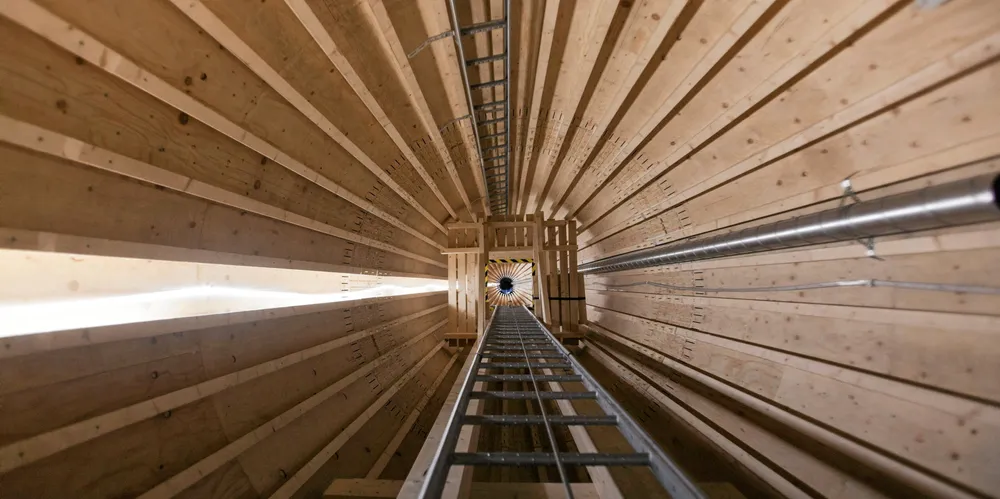Wind power giant RWE could use Modvion wooden turbine towers
German renewables giant enters partnership with technology pioneer to potentially reduce carbon footprint by using renewable material

RWE has entered a partnership with technology pioneer Modvion to supply wooden wind turbine towers to future projects on land by the German renewables giant, which it said could reduce its carbon footprint.
“We see that modular towers in laminated wood have significant market potential and can contribute to lowering the cost of new renewable electricity production by replacing steel and concrete with environmentally friendly and climate-smart wood,” said Lars Borisson, head of onshore origination & development Nordics at RWE Renewables.
“RWE will be assessing Modvion’s wooden tower for potential use in future wind farms.”
While steel continues to be used to build many parts of the wind turbine, wooden towers have the potential to become an important complementary material in tower construction, the company said, adding that almost four out of ten Swedes feel more positive about wind power if towers are built of wood, according to a Sifo survey carried out by Modvion.
“Our technology can help the wind industry dramatically reduce emissions, while facilitating taller towers to reach stronger winds,” Modvion CFO Maria-Lina Hedlund said.
“It’s great to see leading companies like RWE looking to support innovation that enables renewable energy from renewable materials.”
Laminated wood is actually stronger than steel proportionate to its weight, which means lighter towers and less need for expensive reinforcements, RWE said.
The towers are built in modules that can be easily transported, without the need for expensive special transports, road closures and lengthy permit procedures.
Growing trees bind carbon dioxide, which is stored in the wood products that act as a carbon sink, aligning with RWE’s target to become carbon-neutral by 2040.
According to a life-cycle analysis from the Swedish research institute Rise, using a wooden tower reduces emissions by 90% when compared to a conventional steel tower of the same height and load.
“A conventional tower is responsible for the largest portion of emissions that arise from the production of wind turbines. By using wood, the tower becomes carbon negative, storing more carbon than is emitted during production,” Hedlund added.
Modvion will install its first commercial wind turbine this year, a 2MW machine on a 150-metre tall wooden tower. The company then plans to install a 6MW machine.
(Copyright)